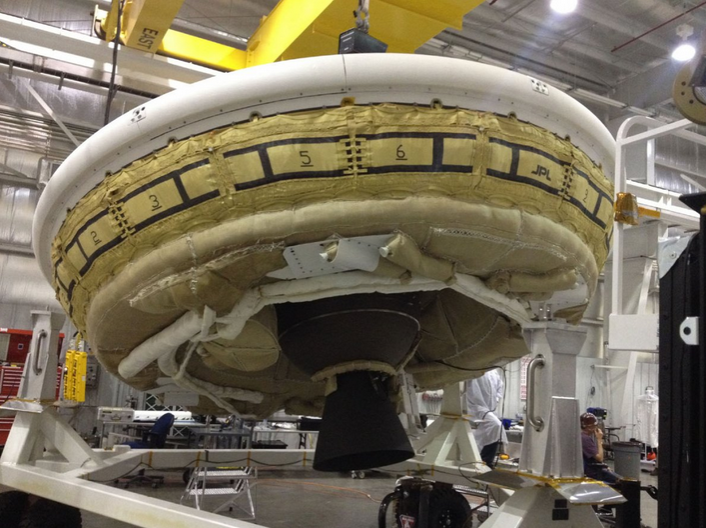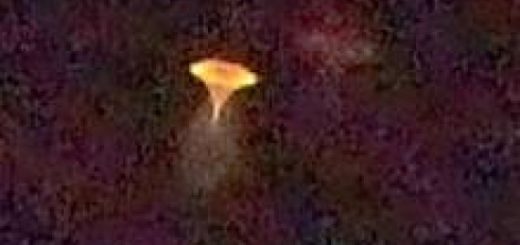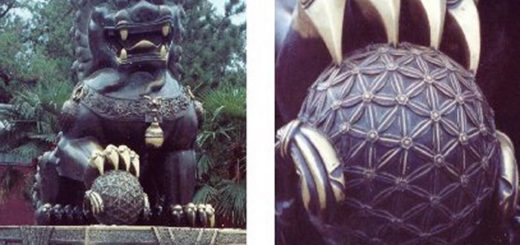NASA Plans Sending Humans To Mars In A Giant Flying Saucer

Spacecraft of giant proportions is going to take the first humans on Mars by 2035 as NASA has big plans to send spacecraft larger than anything it has ever sent to the planet before.
The low-density supersonic decelerator (LDSD) project includes a flying saucer that could take astronauts to the surface of the red planet for the first time in the near future.
To ensure that the spacecraft will be ready for the critical task, the space agency scheduled a test fly off the coast of the U.S. Navy’s Pacific Missile Range Facility between 1:30 pm and 3:00 pm on June 2 in Kauai, Hawaii.
The test flight involved transporting the spacecraft above Earth’s atmosphere with the use of a balloon. The NASA technology used to land the Curiosity rover on Mars in 2012 won’t be enough to heavier payloads, such as manned missions.
So, the U.S.-based space agency is pushing the boundaries of the current spacecraft technology with their LDSD project. It plans to design the safest, most cost-effective way of slowing a spacecraft down once it has entered the Mars’ atmosphere.
To slow down a tremendous flying saucer moving at incredible speeds, the technology includes two major components:
The June 2 test flight was the second time that the LDSD team put this amazing flying saucer to the test. About a year ago, June 28, 2014, the first flight test happened. In last year’s test flight, NASA splashed down the spacecraft successfully off the Hawaiian coast in the Pacific, and it was retrieved completely intact.



 Creators of mankind
Creators of mankind Description of “Tall white aliens”
Description of “Tall white aliens” Where they came from?
Where they came from? About hostile civilizations
About hostile civilizations The war for the Earth
The war for the Earth “Tall white aliens” about eternal life
“Tall white aliens” about eternal life Video: “Nordic aliens”
Video: “Nordic aliens” Aliens
Aliens Alien encounters
Alien encounters The aliens base
The aliens base UFO
UFO Technology UFO
Technology UFO Underground civilization
Underground civilization Ancient alien artifacts
Ancient alien artifacts Military and UFO
Military and UFO Mysteries and hypotheses
Mysteries and hypotheses Scientific facts
Scientific facts


















